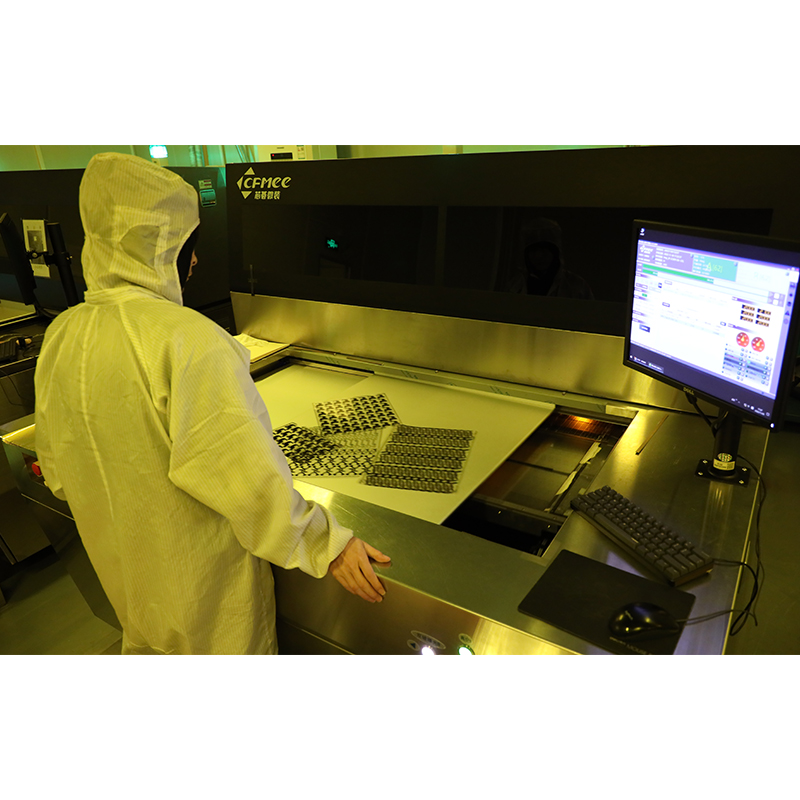The world of Internet of Things (IoT) continues to expand, with innovative devices being developed to enhance connectivity and automation across industries. From smart homes to smart cities, IoT devices are becoming an integral part of our lives. One of the key components that drive the functionality of IoT devices is the printed circuit board (PCB). PCB prototyping for IoT devices involves the design, fabrication, and assembly of the PCBs that power these interconnected devices. In this article, we will explore common considerations for PCB prototyping of IoT devices and how they impact the performance and functionality of these devices.
1. Dimensions and appearance
One of the fundamental considerations in PCB prototyping for IoT devices is the size and form factor of the PCB. IoT devices are often small and portable, requiring compact and lightweight PCB designs. The PCB must be able to fit within the constraints of the device enclosure and provide the necessary connectivity and functionality without compromising performance. Miniaturization technologies such as multilayer PCBs, surface mount components, and flexible PCBs are often used to achieve smaller form factors for IoT devices.
2. Power consumption
IoT devices are designed to operate on limited power sources, such as batteries or energy harvesting systems. Therefore, power consumption is a key factor in PCB prototyping of IoT devices. Designers must optimize PCB layout and select components with low power requirements to ensure long battery life for the device. Energy-efficient design practices, such as power gating, sleep modes, and selecting low-power components, play a vital role in reducing power consumption.
3. Connectivity
Connectivity is the hallmark of IoT devices, enabling them to communicate and exchange data with other devices and the cloud. PCB prototyping of IoT devices requires careful consideration of the connectivity options and protocols to be used. Common connectivity options for IoT devices include Wi-Fi, Bluetooth, Zigbee, and cellular networks. The PCB design must include the necessary components and antenna design to achieve a seamless and reliable connection.
4. Environmental considerations
IoT devices are commonly deployed in a variety of environments, including outdoor and industrial environments. Therefore, PCB prototyping of IoT devices should consider the environmental conditions the device will face. Factors such as temperature, humidity, dust and vibration can affect PCB reliability and service life. Designers should select components and materials that can withstand specific environmental conditions and consider implementing protective measures such as conformal coatings or reinforced enclosures.
5. Security
As the number of connected devices continues to increase, security becomes a major concern in the IoT space. PCB prototyping of IoT devices should incorporate strong security measures to guard against potential cyber threats and ensure the privacy of user data. Designers must implement secure communication protocols, cryptographic algorithms, and hardware-based security features (such as secure elements or trusted platform modules) to protect the device and its data.
6. Scalability and future-proofing
IoT devices often go through multiple iterations and updates, so PCB designs need to be scalable and future-proof. PCB prototyping of IoT devices should be able to easily integrate additional functionality, sensor modules, or wireless protocols as the device evolves. Designers should consider leaving room for future expansion, incorporating standard interfaces, and using modular components to promote scalability.
In summary
PCB prototyping of IoT devices involves several important considerations that impact their performance, functionality, and reliability. Designers must address factors such as size and form factor, power consumption, connectivity, environmental conditions, security, and scalability to create successful PCB designs for IoT devices. By carefully considering these aspects and partnering with experienced PCB manufacturers, developers can bring efficient and durable IoT devices to market, contributing to the growth and advancement of the connected world we live in.
Post time: Oct-22-2023
Back







